Larino. Co-Cathedral of Santa Maria Assunta
2025
The Larino Cathedral, or the co-cathedral basilica of Santa Maria Assunta and San Pardo, is located in the city of the same name in the province of Campobasso.
You may also like
2025
The Guardialfiera or Liscione lake
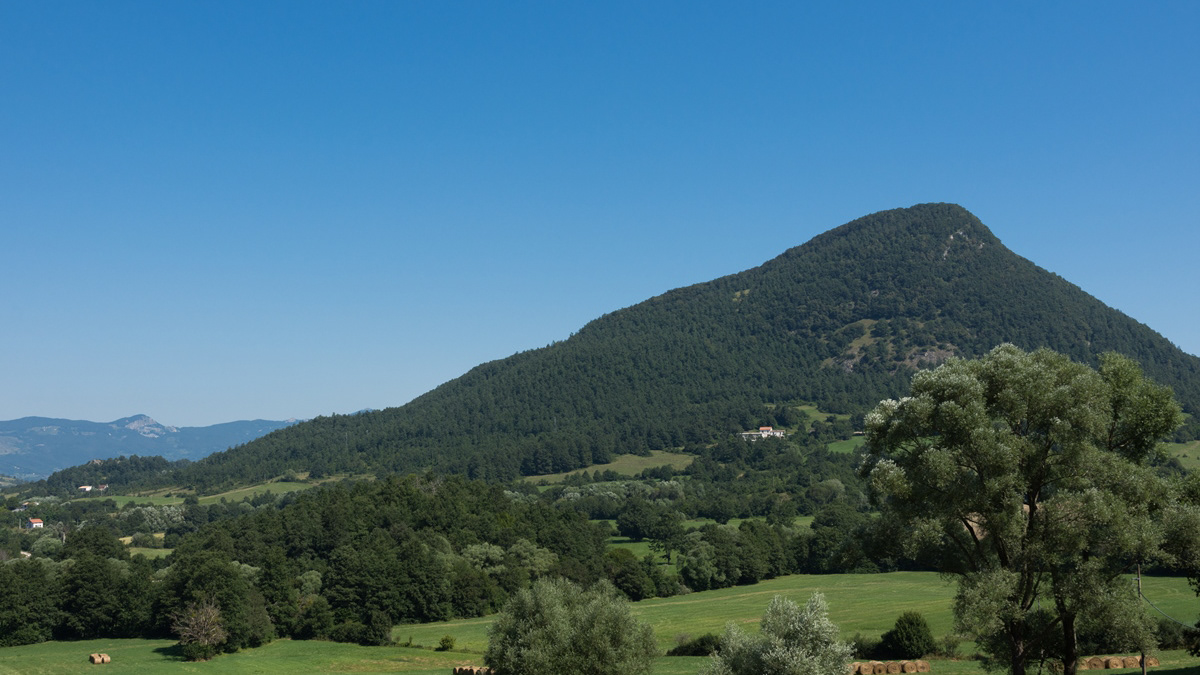
2018
Panorami
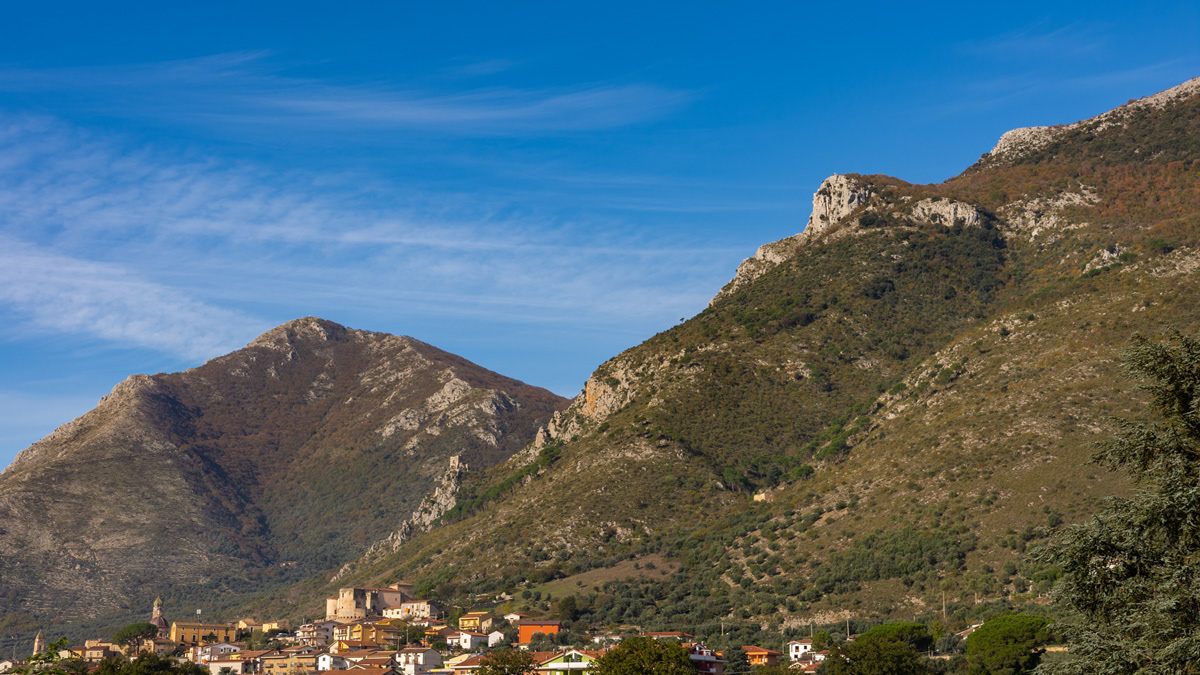
2018
Venafro (IS)
Venafro (Venafrum in latino, Venafrë in dialetto locale) è un comune italiano di 11 226 abitanti della provincia di Isernia, in Molise. È la quarta città della regione per popolazione. Ha origini molto antiche, risalenti al popolo italico dei Sanniti, dove nel III secolo a.C. combatterono aspramente contro Roma durante le guerre sannitiche. Nell'89 a.C. Venafrum fu teatro di uno scontro decisivo contro Roma dove guerreggiò il gruppo dei popoli della "Lega italica", nella cosiddetta "Guerra sociale". Nel Medioevo, fu invasa dai Longobardi, e divenne dal VI secolo sede di una diocesi, nonché importante centro di passaggio da Molise e Abruzzo per Napoli. Dal XV secolo fu di proprietà della famiglia Pandone, che contribuì alla ripresa economica del centro. Nel 1860 ospitò anche Vittorio Emanuele II in viaggio per l'incontro con Giuseppe Garibaldi. Il centro storico si presenta sotto aspetto di borgo fortificato lungo la scarpata della montagna, distante dall'antico centro romano, identificato nella zona dell'anfiteatro. Il punto più alto del borgo è il Castello Pandone, mentre la Cattedrale, seguendo lo schema delle antiche città normanno-longobarde, si trova fuori le mura. L'assetto urbanistico è molto preciso, scandito da cardo e decumano, e risente dell'influsso architettonico del barocco napoletano. Presso il centro si trovano altri due monumenti importanti: il cimitero militarefrancese di guerra, e il convento di San Nicandro, divenuto santuario già ai tempi della visita di Padre Pio nei primi anni del '900, necessitando di cure mediche per le sue malattie.
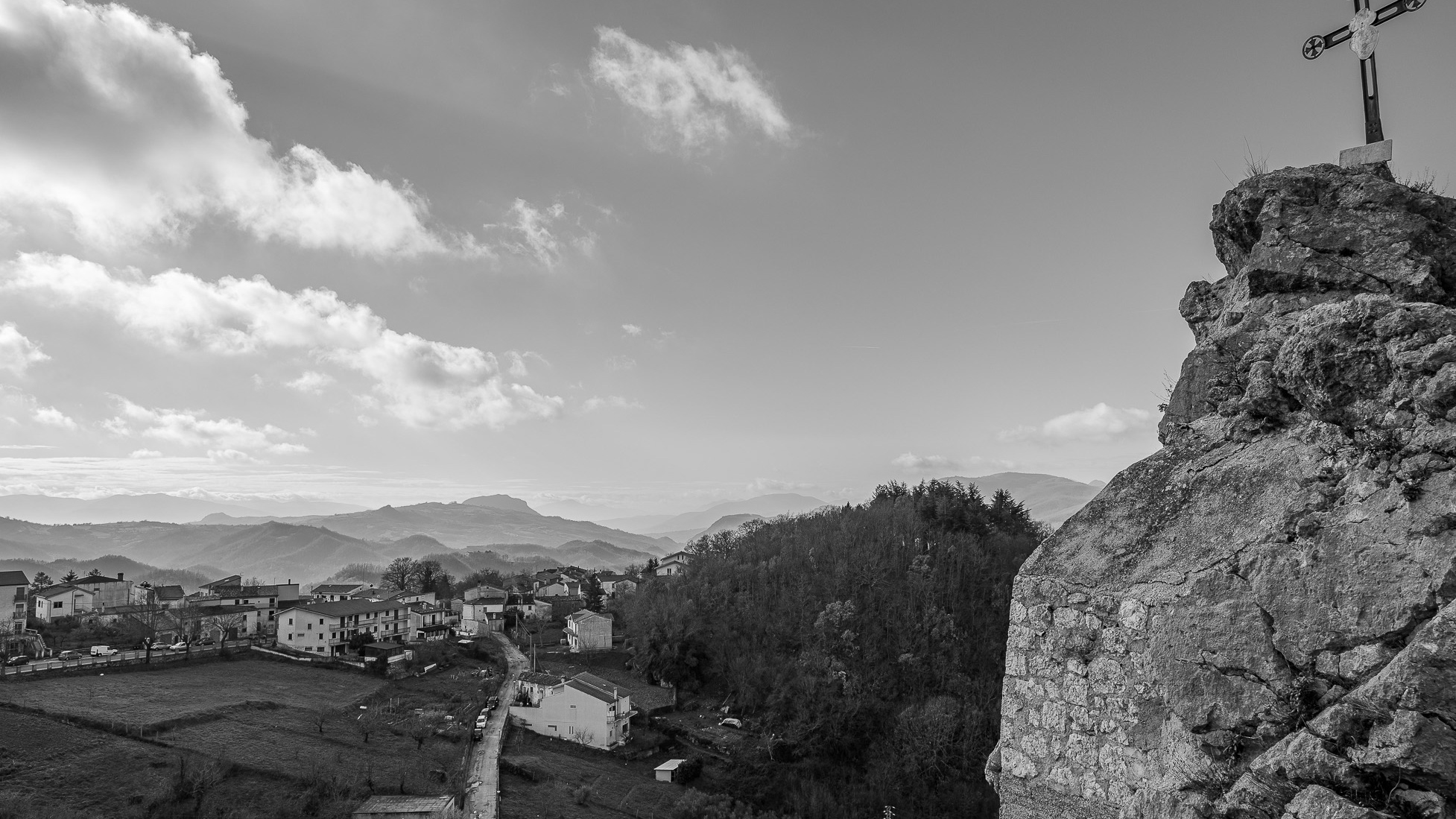
2023
Roccasicura.
Roccasicura (La Ròcca in Molise) is an Italian town of 484 inhabitants in the province of Isernia in Molise
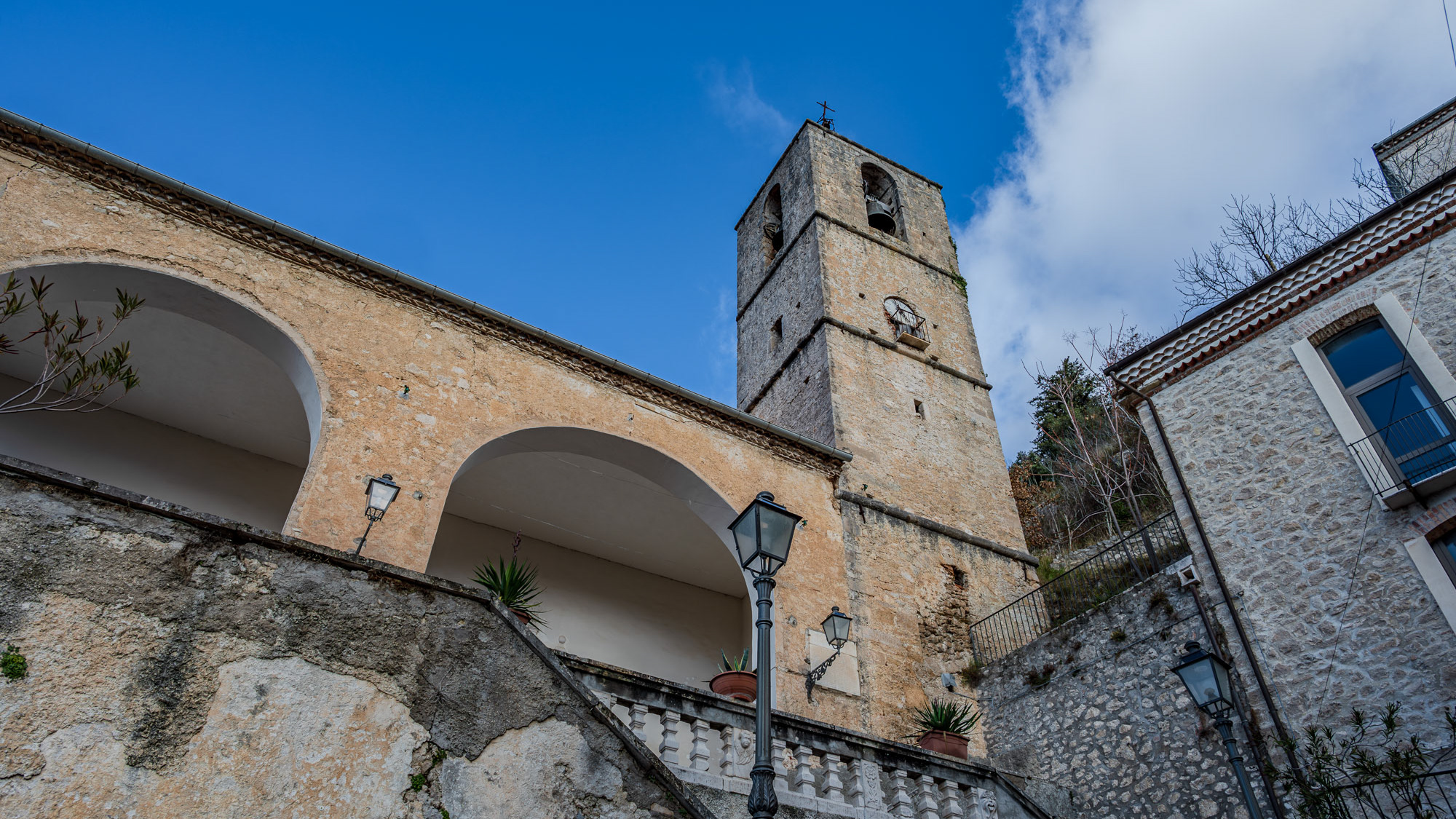
2025
Pesche. Church of San Michele Arcangelo
The church has two naves and a rectangular plan, the perimeter wall is made of stone and is plastered. The entrance to the church is from an external staircase that leads to a loggia.
2022
Capracotta, winter 2022
Capracotta is an Italian town of 833 inhabitants in the province of Isernia, in Molise. It suffered great destruction during the Second World War and from the second half of the twentieth century it developed on the tourist level as a Molise ski resort together with Campitello Matese. Located at 1,421 meters above sea level, it is, from a geographical point of view, one of the highest areas of the Apennines as well as being the highest municipality in Molise. The town is located on the parallel 41 ½ and on the meridian of Castel dell'Ovo and extends between the countryside of Pescopennataro and Sant'Angelo del Pesco to the north, that of Agnone to the east, of Vastogirardi to the south and S. Pietro Avellana and Castel del Giudice. The highest point in the municipal area is the summit of Monte Campo at 1746 m a.s.l. Downstream of the town, towards the south, are the sources of the Verrino, a tributary of the river Trigno. Just outside the town, on the road to Pescopennataro, is the "Garden of Apennine Flora", a high altitude botanical garden that collects notable floral and tree species from central and southern Italy. Capracotta is an important climatic and ski resort. It has two important facilities: one for alpine skiing, in Monte Capraro, with a chairlift; the other for cross-country skiing in Prato Gentile: the latter facility was the site of the Absolute Italian Cross-Country Skiing Championships in 1997.
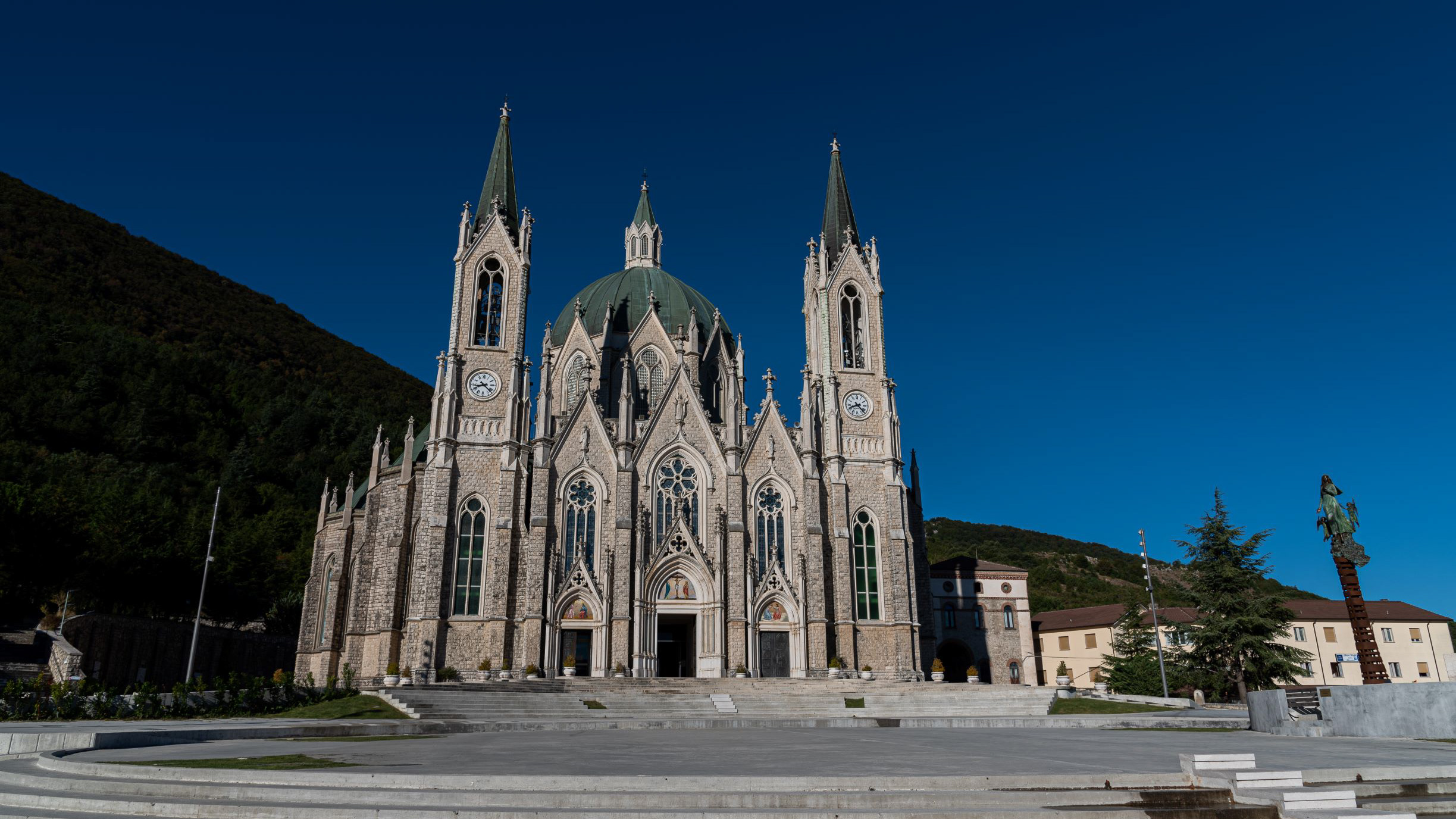
2020
Castelpetroso. The Sanctuary - 2020
Castelpetroso is home to the Shrine of Maria Santissima Sorrows, patron saint of Molise. According to the testimony of the visionaries, the Virgin Mary first appeared on March 22, 1888 to two shepherds named Serafina and Bibiana in Cesa between Saints, on the slopes of Mount Patalecchia. This first appearance was followed by others. This phenomenon was later recognized. The shrine, which began with the laying of the first stone on September 28, 1890 and completed in 1975, is made in the neo-Gothic style; seen from above is composed of seven chapels depicting the seven sorrows of Our Lady, in the center of which there is the dome 54 meters high. The shrine and the place of apparitions are connected to each other by the Via Matris, 750 meters long, where precisely remember the seven Marian sorrows.

2021
Isernia, aurora
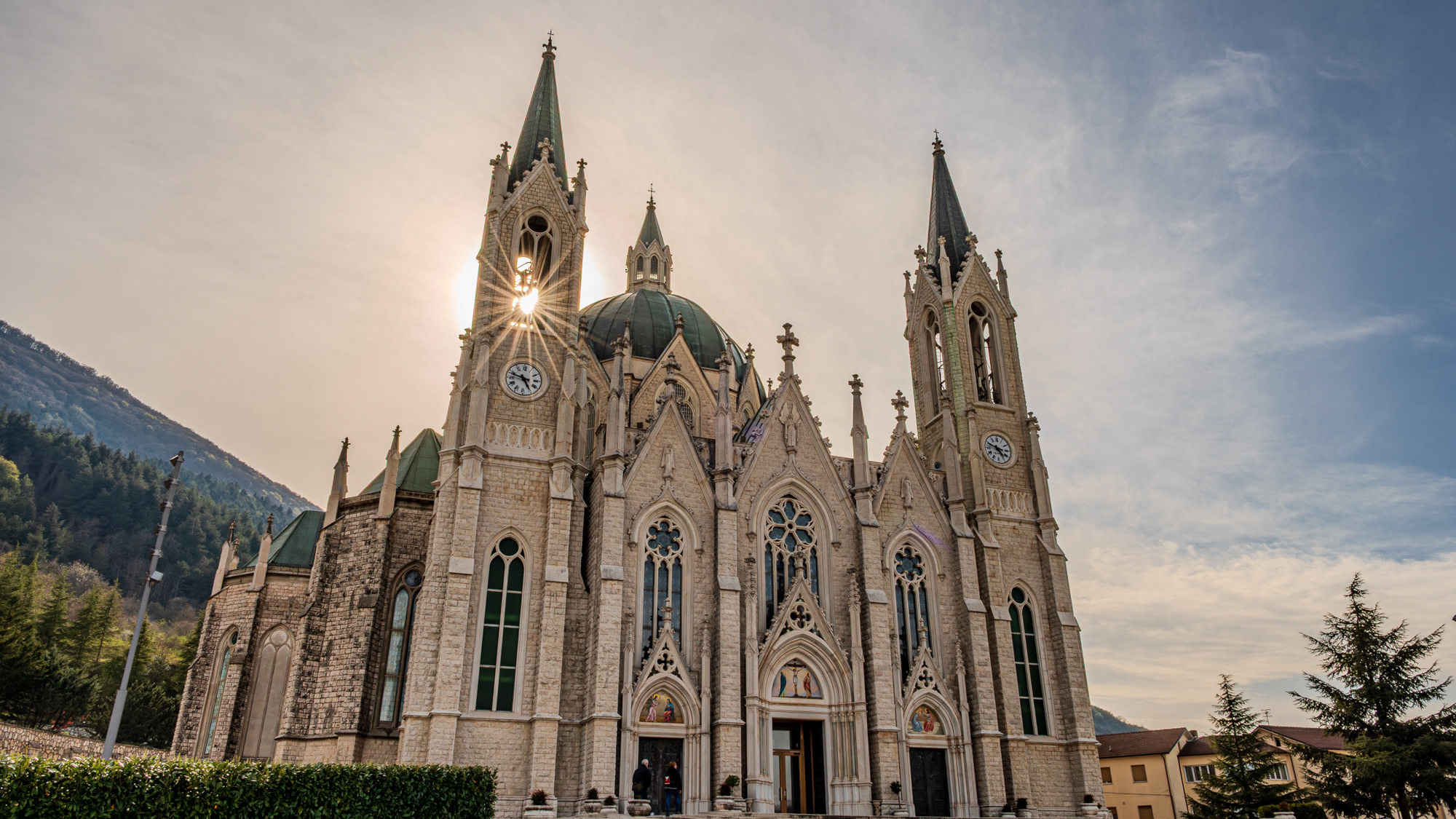
2025
Castelpetroso. Sanctuary of the Madonna Addolorata
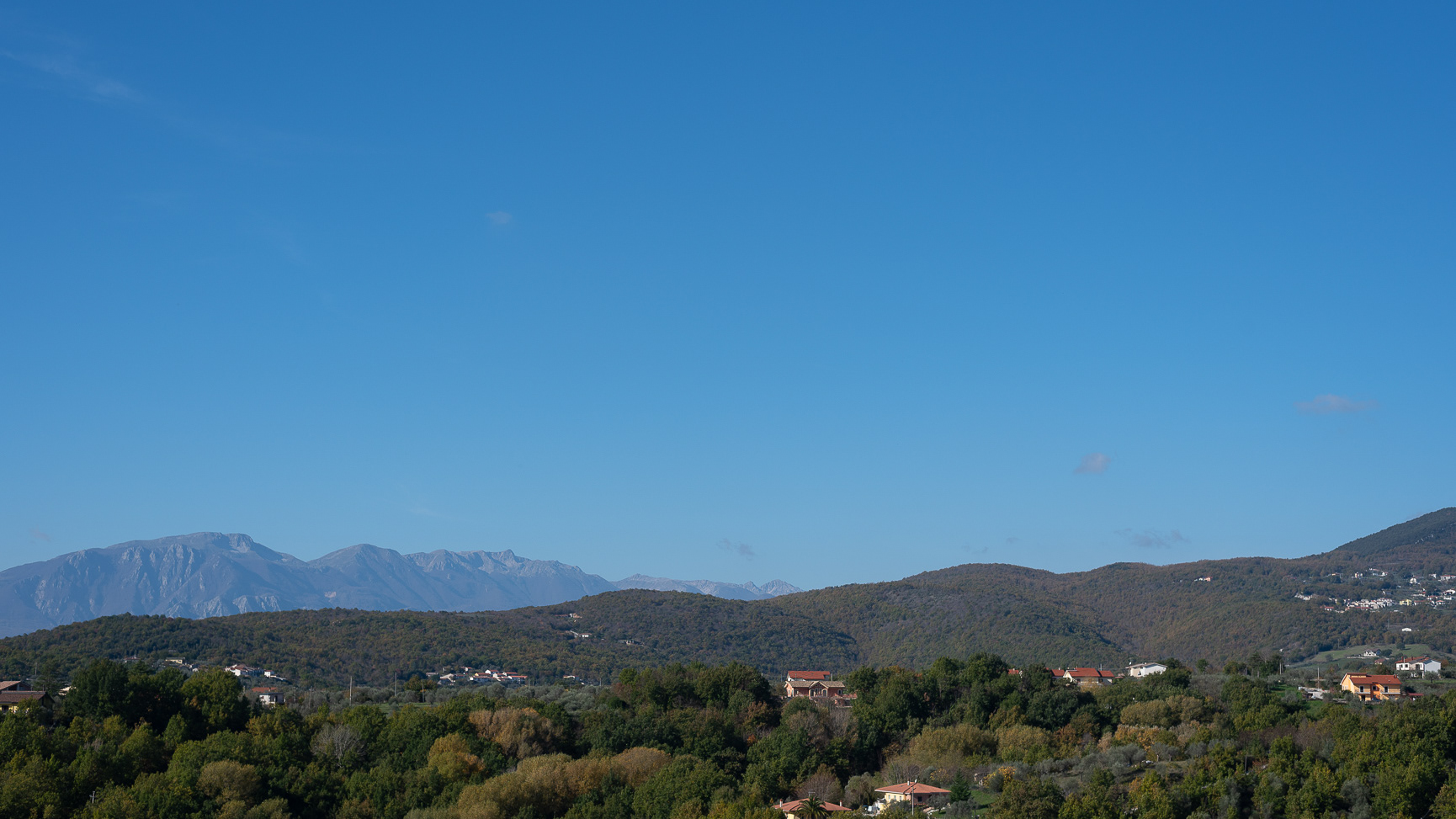
2021
Autumnal landscape of Molise
